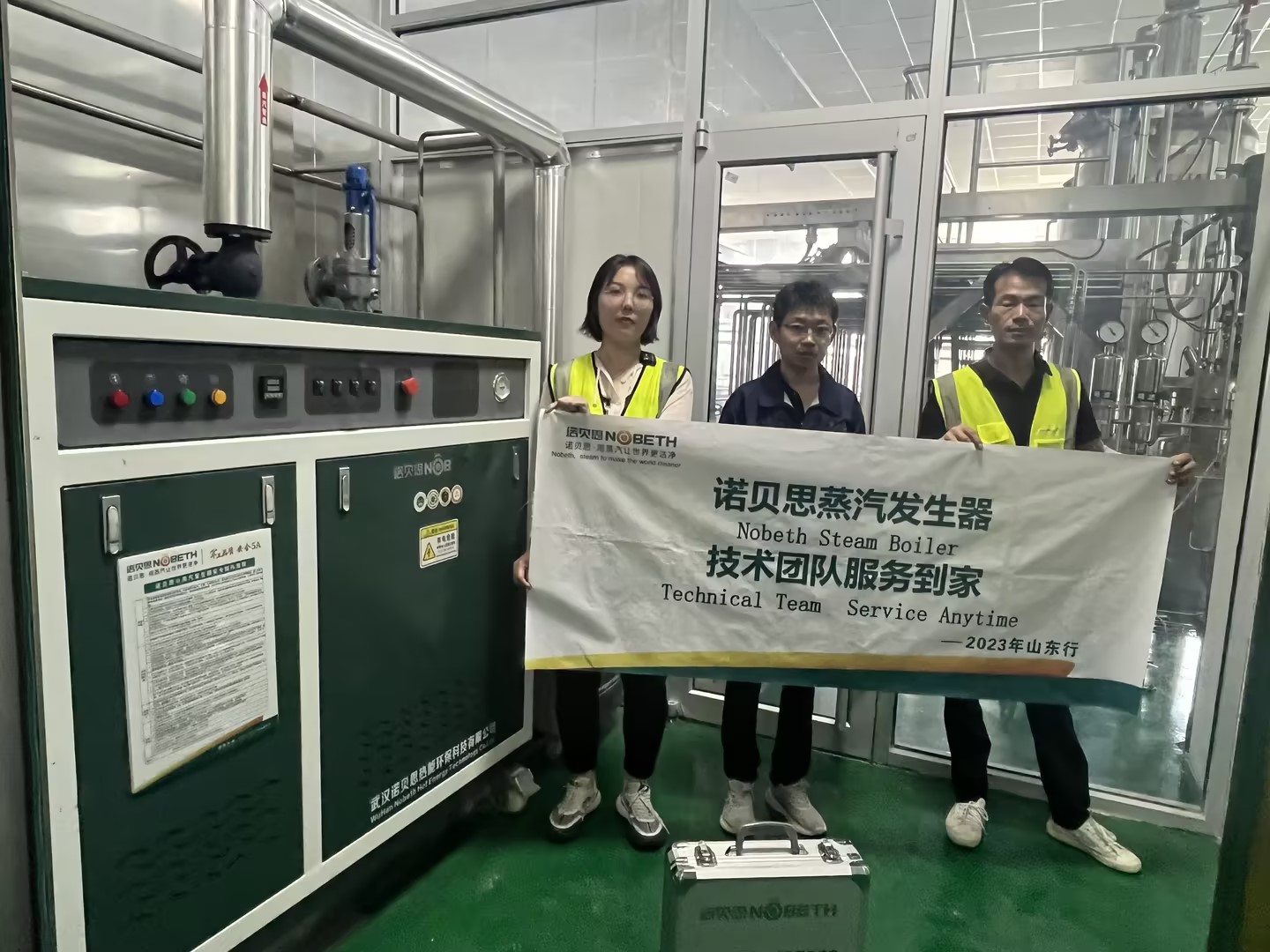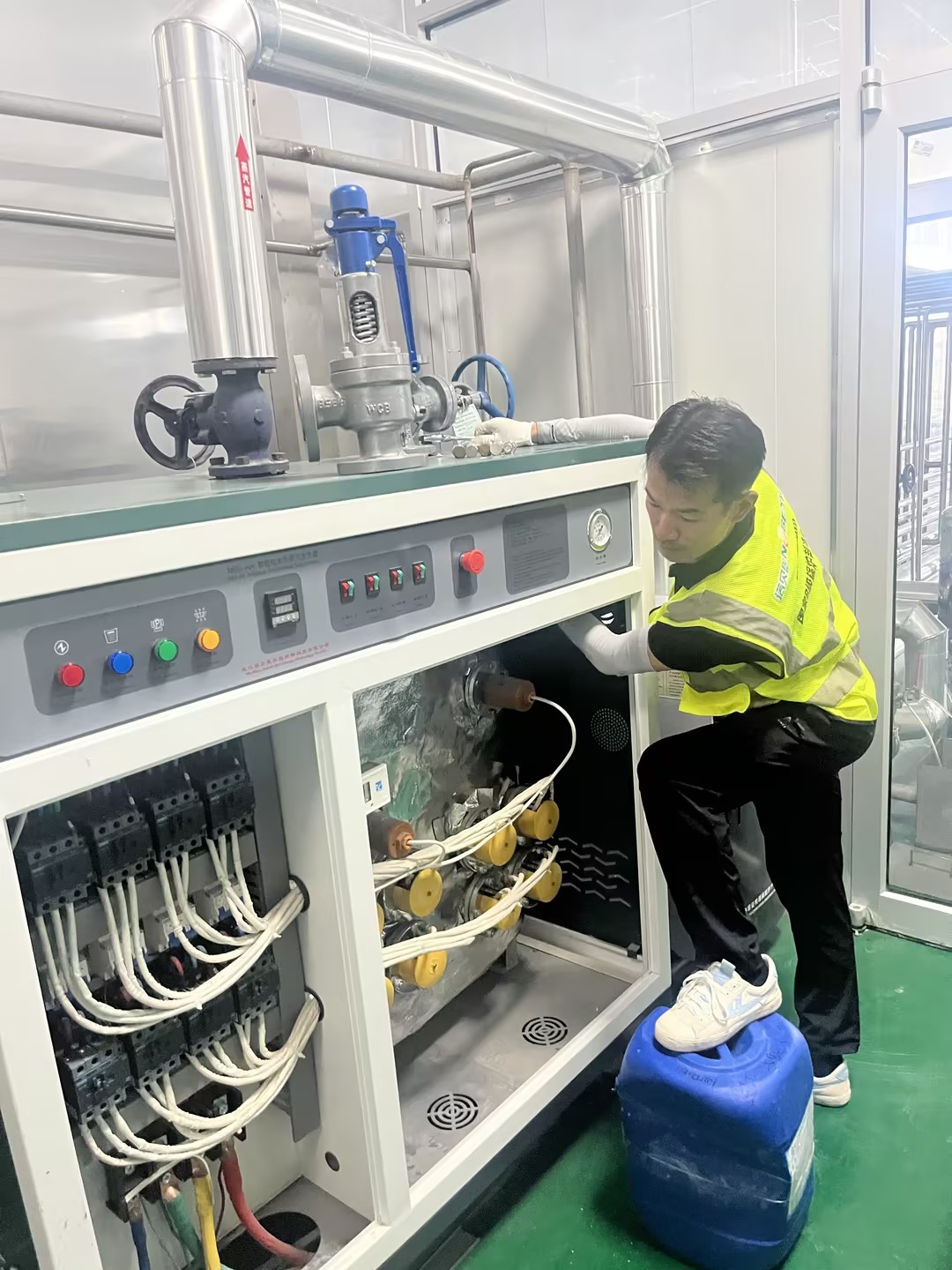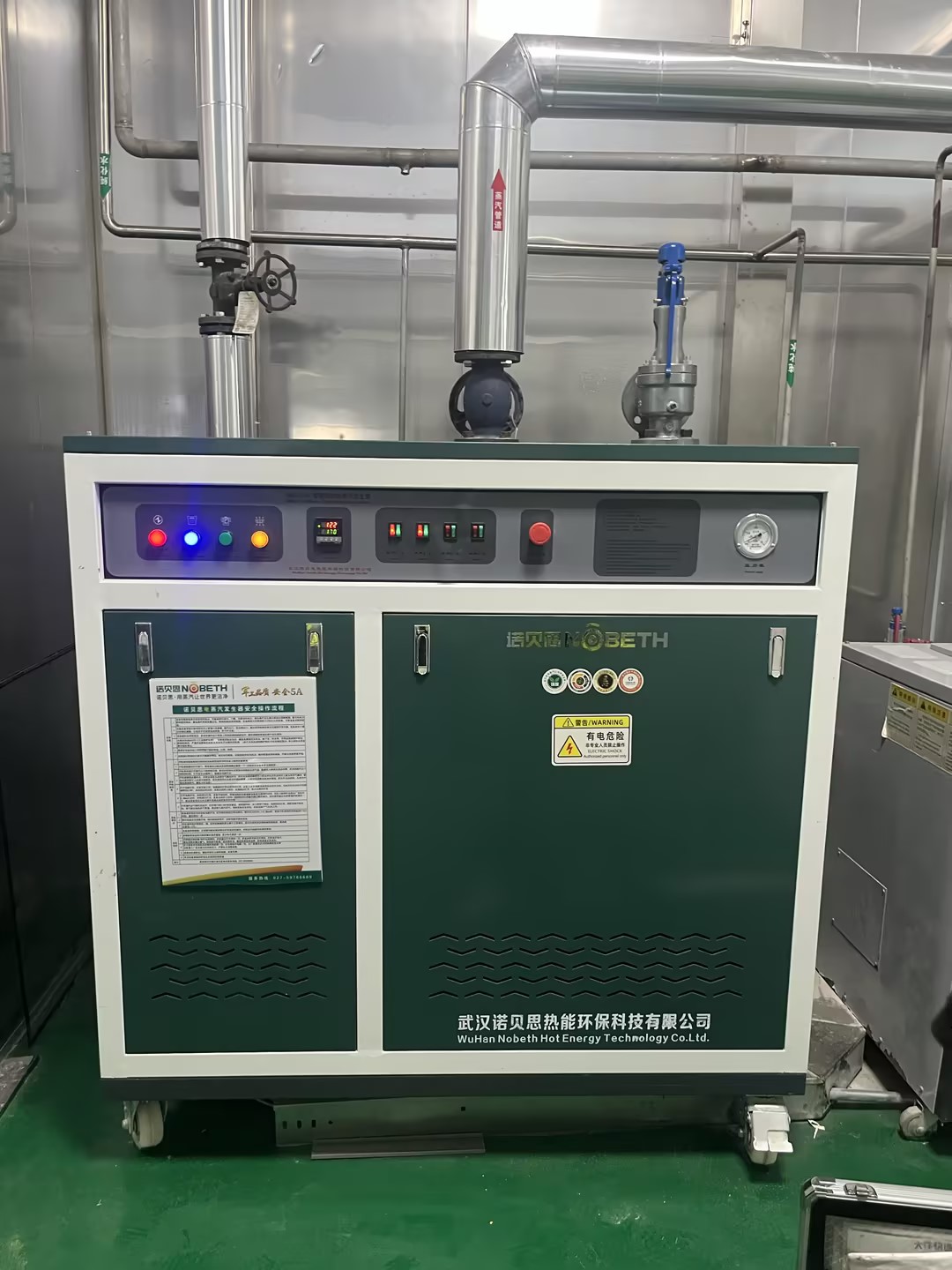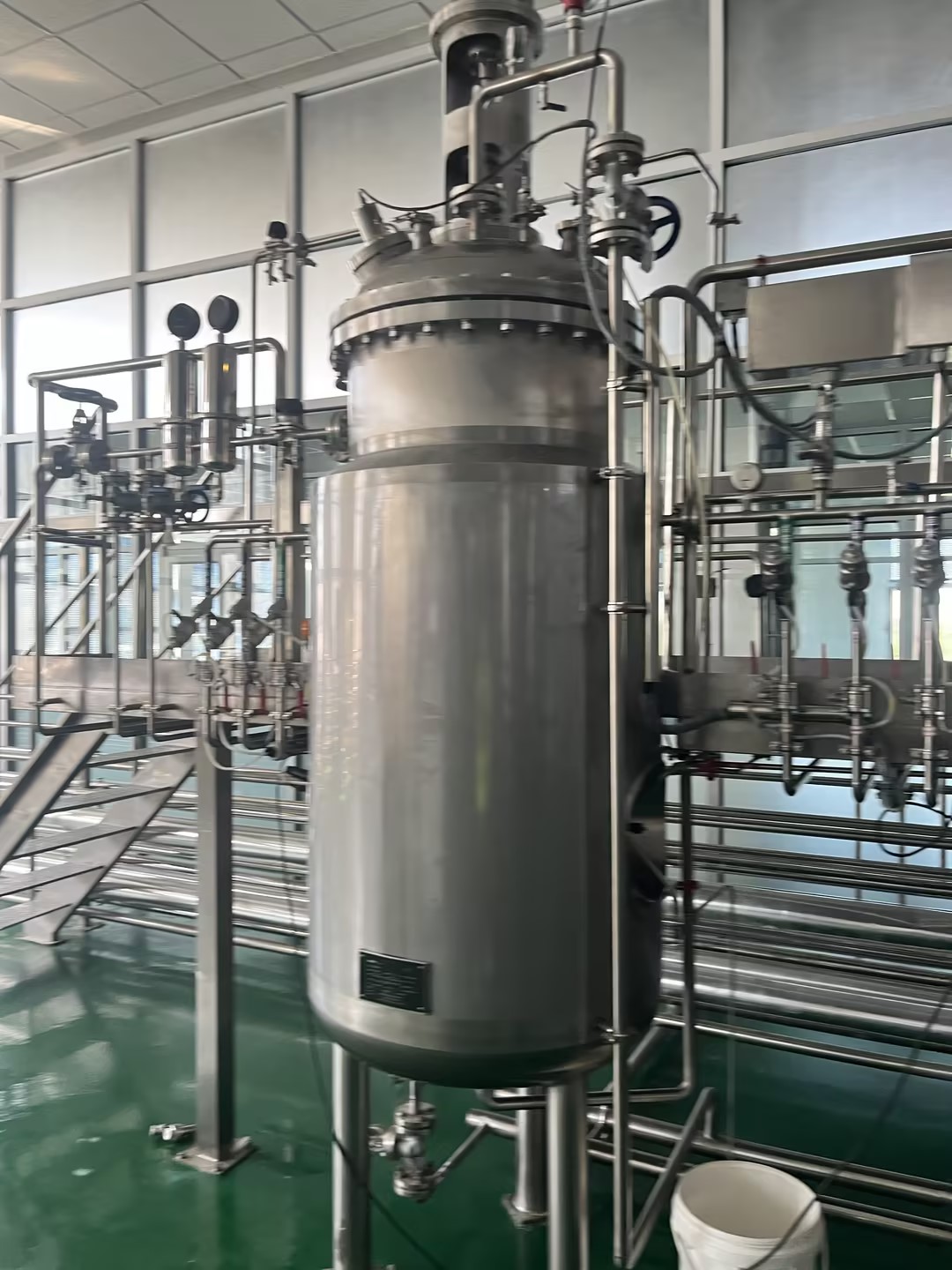Hygiene monitoring of hospital disinfection and sterilization is an effective means of discovering problems. It is an important part of the hospital infection monitoring indicator system and one of the must-check contents in the hospital grade review. However, daily management work is often troubled by this, not to mention Monitoring methods, materials used, test operation procedures and results reports, etc., just the timing and frequency of monitoring seem to have been a touching topic in the hospital.
Basis: Compiled based on current national laws, regulations and documents related to infection management.
1. Cleaning and cleaning effect monitoring
(1) Monitoring the effectiveness of cleaning of diagnostic and treatment instruments, utensils and objects: daily (every time) + regular (monthly)
(2) Monitoring of cleaning and disinfecting devices and their effects: daily (every time) + regular (yearly)
(3) Cleaner-disinfector: newly installed, updated, overhauled, changing cleaning agents, disinfection methods, changing loading methods, etc.
2. Monitoring of disinfection quality
(1) Moist heat disinfection: daily (every time) + regular (yearly)
(2) Chemical disinfection: The concentration of active ingredients (in stock and in use) should be monitored regularly, and continuous use should be monitored every day; the amount of bacterial contamination (in use)
(3) Disinfection effect monitoring: items used directly after disinfection (such as disinfected endoscopes, etc.) should be monitored quarterly
3. Monitoring of sterilization effect:
(1) Monitoring of pressure steam sterilization effect
①Physical monitoring: (every time; repeated 3 times after new installation, relocation and overhaul of the sterilizer)
②Chemical monitoring (inside and outside the bag; repeat 3 times after the sterilizer is newly installed, relocated and overhauled; when using the rapid pressure steam sterilization procedure, a piece of chemical indicator in the bag should be placed directly next to the items to be sterilized for chemical monitoring )
③B-D test (every day; before starting daily sterilization operation)
④Biological monitoring (weekly; sterilization of implantable devices should be carried out for each batch; when new packaging materials and methods are used for sterilization; the sterilizer should be empty for 3 consecutive times after new installation, relocation and overhaul; small The pressure steam sterilizer should be fully loaded and continuously monitored three times; use the rapid pressure steam sterilization procedure and directly place a biological indicator in the empty sterilizer.)
(2) Monitoring the effectiveness of dry heat sterilization
①Physical monitoring: each sterilization batch; 3 times after new installation, relocation and overhaul
②Chemical monitoring: each sterilization package; 3 times after new installation, relocation and overhaul
③Biological monitoring: once a week; sterilization of implantable devices should be carried out for each batch; repeated 3 times after new installation, relocation and overhaul
(3) Monitoring the effectiveness of ethylene oxide gas sterilization
①Physical monitoring method: Repeat 3 times each time; when new installation, relocation, overhaul, sterilization failure, packaging materials or items to be sterilized are changed.
②Chemical monitoring method: each sterilization item package; repeat 3 times when new installation, relocation, overhaul, sterilization failure, packaging materials or changes in sterilized items
③Biological monitoring method: for each sterilization batch; sterilization of implantable devices should be carried out for each batch; repeated 3 times when new installation, relocation, overhaul, sterilization failure, packaging materials or changes in sterilized items.
(4) Monitoring of hydrogen peroxide plasma sterilization
①Physical monitoring method: Repeat 3 times each time; when new installation, relocation, overhaul, sterilization failure, packaging materials or items to be sterilized are changed.
②Chemical monitoring method: each sterilization item package; repeat 3 times when new installation, relocation, overhaul, sterilization failure, packaging materials or changes in sterilized items
③Biological monitoring method: should be performed at least once a day; sterilization of implantable devices should be performed for each batch; repeated 3 times when new installation, relocation, overhaul, sterilization failure, packaging materials or changes in sterilized items
(5) Monitoring of low-temperature formaldehyde steam sterilization
①Physical monitoring method: Repeat 3 times for each sterilization batch; new installation, relocation, overhaul, sterilization failure, packaging materials or changes in sterilized items
②Chemical monitoring method: each sterilization item package; repeat 3 times when new installation, relocation, overhaul, sterilization failure, packaging materials or changes in sterilized items
③Biological monitoring method: should be monitored once a week; sterilization of implantable devices should be carried out for each batch; repeated 3 times when new installation, relocation, overhaul, sterilization failure, packaging materials or changes in sterilized items
4. Monitoring the effectiveness of hand and skin disinfection
Departments with high risk of infection (such as operating rooms, delivery rooms, cath labs, laminar flow clean wards, bone marrow transplant wards, organ transplant wards, intensive care units, neonatal rooms, mother and baby rooms, hemodialysis wards, burn wards, infectious disease departments, Department of Stomatology, etc.): Quarterly; when an outbreak of hospital infection is suspected to be related to hand hygiene of medical staff, it should be carried out in a timely manner and the corresponding pathogenic microorganisms should be tested.
(1) Monitoring of hand disinfection effect: after hand hygiene and before contacting patients or engaging in medical activities
(2) Monitoring the disinfection effect of the skin: follow the action time specified in the product instructions for use, and take samples in time after the disinfection effect is achieved.
5. Monitoring the disinfection effect of object surfaces
Potentially contaminated areas and contaminated areas are disinfected; clean areas are determined based on on-site conditions; sampling is conducted when suspected to be related to hospital infection outbreaks. (Blood Purification Protocol 2010 Edition: Monthly)
6. Air disinfection effect monitoring
(1) Departments with high risk of infection: quarterly; clean operating departments (rooms) and other clean places. Monitoring should be carried out during acceptance of new construction and reconstruction and after replacement of high-efficiency filters; monitoring should be carried out at any time when an outbreak of hospital infection is suspected to be related to air pollution. , and conduct detection of corresponding pathogenic microorganisms.Clean surgical departments and other clean places ensure that each clean room can be monitored at least once a year
(2) Sampling time: For rooms that use clean technology to purify the air, take samples after the clean system self-purifies and before engaging in medical activities; for rooms that do not use clean technology to purify the air, take samples after disinfection or prescribed ventilation and before engaging in medical activities; or Sampling when suspected to be associated with a nosocomial infection outbreak.
7. Monitor the disinfection effect of cleaning supplies: take samples after disinfection and before use.
Take samples after disinfection and before use.
8. Detection of pathogenic bacteria:
Routine supervisory inspections do not need to detect pathogenic microorganisms. Target microorganisms should be tested when a hospital infection outbreak is suspected, when a hospital infection outbreak is investigated, or when contamination by a certain pathogenic bacteria is suspected at work.
9. Monitoring of UV lamp irradiance value
Inventory (newly enabled) + in use
10. Inspection of sterilized items and disposable medical supplies
It is not recommended that hospitals routinely perform this type of testing. When the epidemiological investigation suspects that hospital infection events are related to sterilized items, corresponding inspections should be carried out.
11.Related monitoring of hemodialysis
(1) Air, surfaces and hands: monthly
(2) Dialysis water: PH (daily): bacteria (initially tested once a week, and changed to monthly after two consecutive test results meet the requirements, and the sampling site is the end of the reverse osmosis water delivery pipeline); endotoxin (initially Testing should be done once a week, and changed to at least quarterly after two consecutive test results meet the requirements. The sampling site is the end of the reverse osmosis water pipeline; if fever, chills, or upper limb pain on the vascular access side occur when using a reused dialyzer, the test should be performed Test reverse osmosis water for reuse and flushing); chemical contaminants (at least annually); soft water hardness and free chlorine (at least weekly);
(3) Residual amount of reused disinfectant: dialyzer after reuse; if fever, chills, or upper limb pain on the vascular access side occur when using a reused dialyzer, the reverse osmosis water for reuse flushing should be tested
(4) Disinfectant for dialysis machines: monthly (disinfectant concentration and residual concentration of equipment disinfectant)
(5) Dialysate: bacteria (monthly), endotoxin (at least quarterly); each dialysis machine is tested at least once a year
(6) Dialyzer: before each reuse (label, appearance, capacity, pressure, concentration of filled disinfectant); after each reuse (appearance, internal fiber, expiration date); before use (appearance, label, Expiration date, patient information, structure, presence of disinfectant leakage and residual amount of disinfectant after flushing). In use (patient clinical condition and complications)
(7) Concentrate preparation barrel: Disinfect with disinfectant every week and use test paper to confirm that there is no residual disinfectant.
12.Related monitoring of disinfectants
(1) Monitor the concentration of active ingredients (in stock and during use) regularly, and should be monitored every day for continuous use;
(2) Monitoring of bacterial contamination during use (sterilizing disinfectants, skin and mucous membrane disinfectants, and other disinfectants during use)
13. Intravenous medication dispensing center (room)
(1) The clean area must be tested by the statutory department to meet the national cleanliness standards (the first update, the laundry and sanitary ware room is level 100,000; the second update, the dosing and dispensing room is level 10,000; the laminar flow operating table is level 100) before it can be put into use.
(2) Air filters should be replaced regularly in clean areas. After carrying out various repairs that may affect the air cleanliness, it must be tested and verified to meet the corresponding cleanliness level standards before it can be put into use again.
(3) The number of bacterial colonies in the air in the clean area should be detected regularly every month.
(4) Biological safety cabinet: Biological safety cabinets should be monitored for sedimentation bacteria once a month. Biological safety cabinets should promptly replace activated carbon filters according to automatic monitoring instructions. Various parameters of the biological safety cabinet should be tested every year to ensure the operation quality of the biological safety cabinet, and the test report should be saved.
(5) Horizontal laminar flow clean bench: The horizontal laminar flow clean bench should be monitored for dynamic planktonic bacteria once a week; various parameters of the horizontal laminar flow clean bench should be tested every year to ensure the operation quality of the clean bench, and the test report should be saved;
14. Monitoring of washing and disinfection of medical fabrics
Whether it is a medical institution that washes and disinfects itself, or a medical institution that is responsible for the washing and disinfection work by a socialized washing service agency, the medical fabrics after washing and disinfection or receiving the washing and disinfection should be inspected regularly or occasionally for properties, surface stains, damage, etc. Microbiological monitoring is performed regularly. There are currently no unified regulations on specific sampling and testing methods.
Post time: Sep-21-2023








